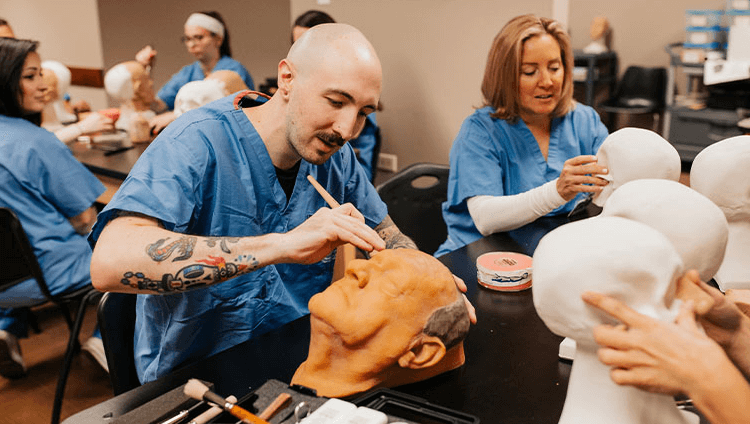
Read Postmortem Restorative Art: Principles, Methods, and Applications Online Free
Read Postmortem Restorative Art: Principles, Methods, and Applications Online Free is essential for professionals in the mortuary field, as it equips them with the techniques necessary to restore and preserve the dignity of the deceased. By understanding the principles and methods outlined in this resource, practitioners can refine their skills in areas such as facial reconstruction and color matching. Furthermore, the implications of cultural considerations in restorative practices cannot be overlooked. What remains to be examined are the broader impacts these techniques have on family grief and healing, inviting a deeper inquiry into the art and science behind this vital discipline.
Overview of Restorative Art
Restorative art is an essential discipline within the field of mortuary science, encompassing a range of techniques and practices aimed at restoring the appearance of deceased individuals to provide a dignified presentation for viewing.
A history overview reveals the evolution of artistic techniques utilized in this field, merging artistry with scientific principles to enhance the visual aspects of remains, ultimately fostering closure for grieving families.
Key Principles and Techniques
The practice of restorative art relies on a foundation of key principles and techniques that guide professionals in achieving lifelike representations of the deceased.
Fundamental to this process are facial reconstruction methods, which emphasize anatomical accuracy, and color matching techniques that ensure a harmonious integration of pigments.
These elements are crucial for creating a serene and respectful presentation, ultimately honoring the individuality of each person.
Practical Applications in Funeral Service
While the principles of restorative art serve as the backbone of the practice, their practical applications in funeral service are critical for delivering meaningful and dignified farewells.
Techniques such as facial reconstruction and cosmetic enhancement support grief counseling, allowing families to honor their loved ones authentically.
Additionally, cultural considerations ensure that restorative practices respect diverse mourning rituals, fostering a compassionate environment during difficult times.
Read Also Save Time and Money: Your Simple Meeting Room Booking Solution
Accessing Resources Online
How can professionals in the field of funeral service effectively access resources that enhance their knowledge and skills in restorative art?
By leveraging digital resources, practitioners can tap into a wealth of online accessibility.
Educational platforms, webinars, and scholarly articles provide critical insights, allowing for continuous professional development.
This approach fosters an environment of freedom in learning, ensuring skills remain relevant and innovative in restorative practices.
Conclusion
Read Postmortem Restorative Art: Principles, Methods, and Applications Online Free reveals its critical role in enhancing the dignity of the deceased and providing solace to grieving families. By mastering key principles and techniques, practitioners can effectively address the emotional and cultural needs of those in mourning. Online resources serve as invaluable tools for continuous professional development, facilitating the integration of innovative methods in restorative practices. Ultimately, the discipline underscores the profound impact of compassionate care in the realm of mortuary science.




